The Diggers’ Requiem
September 17, 2018
The Requiem was jointly commissioned by the Australian War Memorial (AWM) and the Department of Veterans’ Affairs (DVA), produced and directed by Chris Latham.
In an astonishing piece of musical teamwork, The Requiem has been composed by seven contemporary Australian composers working with Chris Latham on existing and new pieces. Composers Nigel Westlake, Elena Kats-Chernin, Richard Mills, Graeme Koehne, Ross Edwards, Andrew Schultz and Christopher Latham have all written movements.
Details
Time: 7pm
Date: Wednesday 26 September, 2018
Location: St Paul’s Cathedral, 209 Flinders Lane





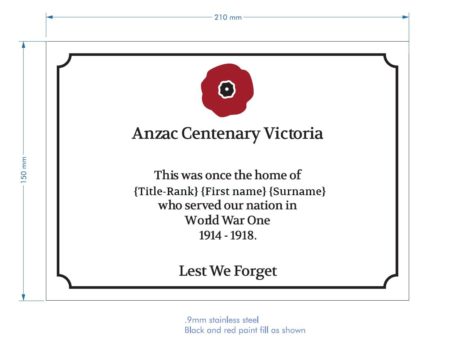
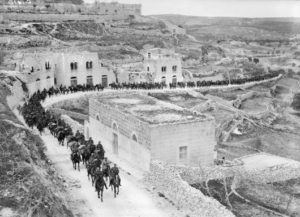
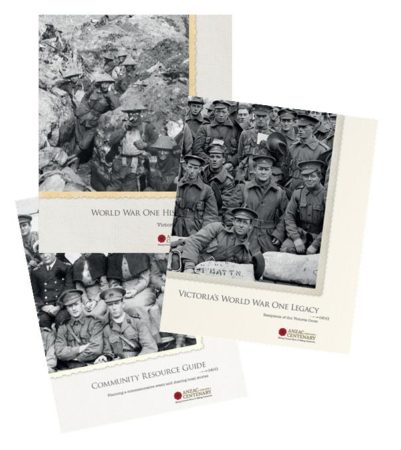

 Proudly brought to you by the Victorian Government as part of the Anzac Centenary, the new Primary school roadshow Messenger Dogs – Tales of WWI will take students on a journey through our 100-year-old history.
Proudly brought to you by the Victorian Government as part of the Anzac Centenary, the new Primary school roadshow Messenger Dogs – Tales of WWI will take students on a journey through our 100-year-old history.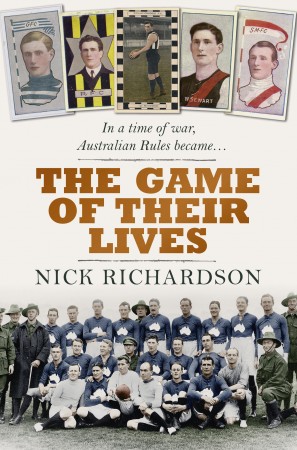 Yet for all its novelty, there has been precious little time spent on how the game came to be played, who were the guiding lights behind the match and just how important sport, and particularly football, was to the men in uniform. Now, for the first time, the story can be told.
Yet for all its novelty, there has been precious little time spent on how the game came to be played, who were the guiding lights behind the match and just how important sport, and particularly football, was to the men in uniform. Now, for the first time, the story can be told.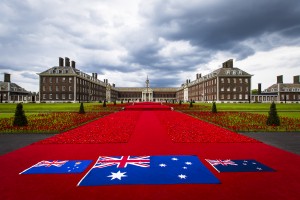 Starting from a small scale project to honour those who have fallen in war with hand crafted poppies, fibre artists Lynn Berry and Margaret Knight started a poppy project which has taken on a life of its own. After the success of the first few hundred poppies, Lynn and Margaret set out to enlist volunteers with the aim of making 5000 poppies for ANZAC Day 2015. By the beginning of 2015, they had nearly 250,000 poppies – made by volunteers all over Victoria, Australia and some from overseas. Many of the knitted, felted, crocheted and sewn poppies are in memory of a loved one who served or died, in World War One or other conflicts.
Starting from a small scale project to honour those who have fallen in war with hand crafted poppies, fibre artists Lynn Berry and Margaret Knight started a poppy project which has taken on a life of its own. After the success of the first few hundred poppies, Lynn and Margaret set out to enlist volunteers with the aim of making 5000 poppies for ANZAC Day 2015. By the beginning of 2015, they had nearly 250,000 poppies – made by volunteers all over Victoria, Australia and some from overseas. Many of the knitted, felted, crocheted and sewn poppies are in memory of a loved one who served or died, in World War One or other conflicts. A remarkable project – from a small idea has grown a truly memorable tribute.
A remarkable project – from a small idea has grown a truly memorable tribute.